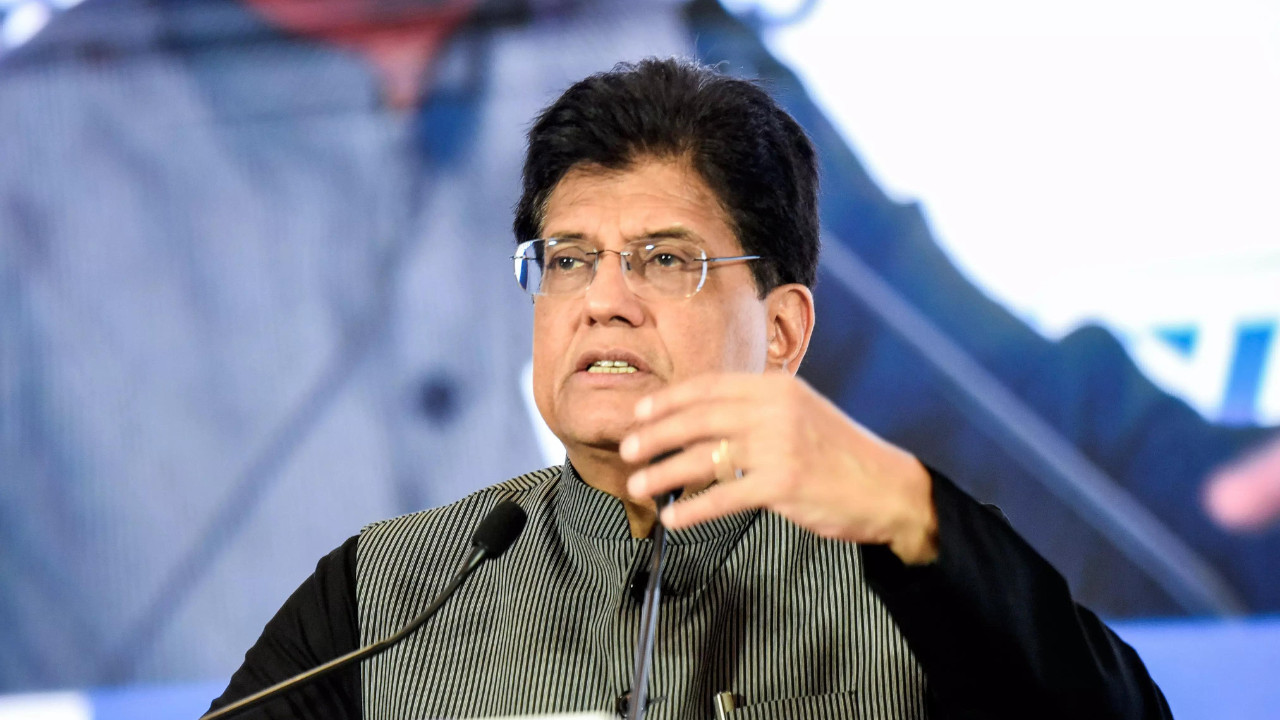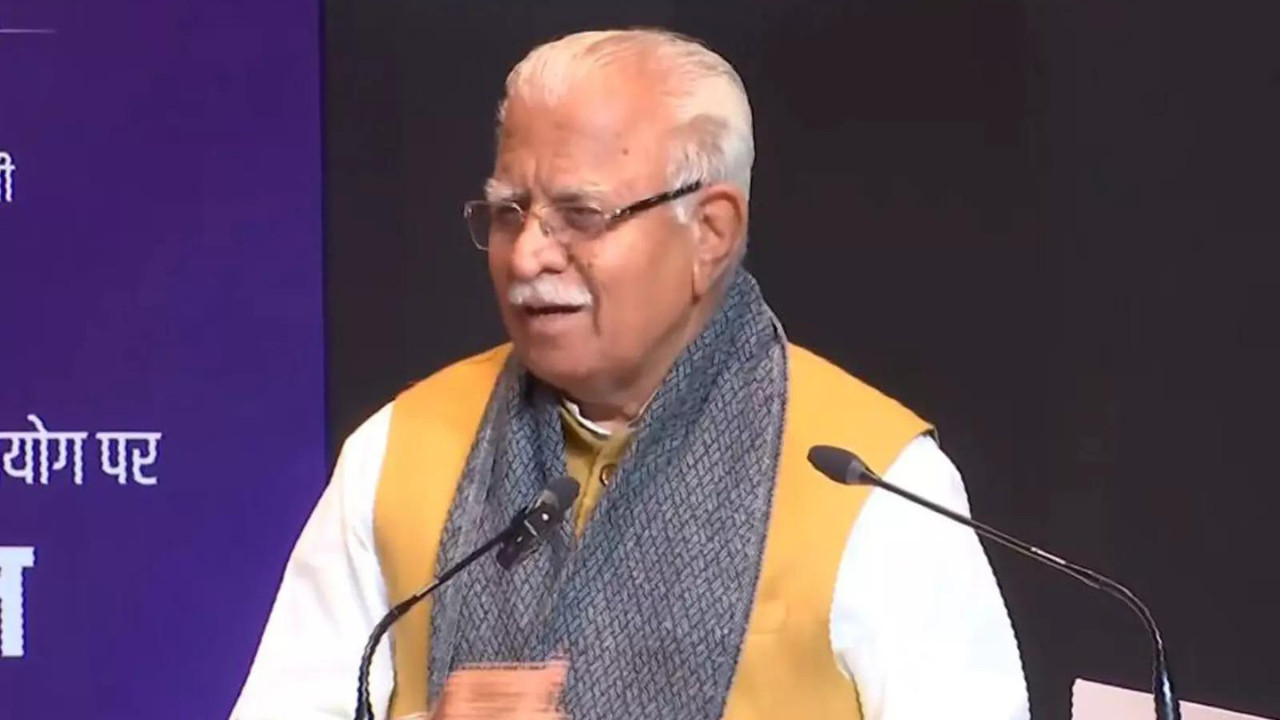Major US employers are pausing or limiting H-1B visa sponsorships following a new $100,000 fee for new applicants outside the US. While intended to attract skilled workers and prevent wage undercutting, critics argue the fee deters international talent and harms US competitiveness. Companies like Intuitive Surgical and Walmart have altered hiring plans, though Nvidia will continue sponsorships.
The H-1B Hurdles: Are Companies Finding Clever Ways Around the $100k Fee?
The tech world, known for its innovation and problem-solving prowess, isn’t just revolutionizing industries; it’s also constantly seeking creative solutions to navigate complex challenges, especially when it comes to talent acquisition. One such challenge has been the rising costs associated with the H-1B visa, particularly the hefty $100,000 fee levied in specific situations. Are companies genuinely changing their hiring practices to sidestep this expense, or is it just a ripple effect of broader economic shifts? Let’s dive in.
For years, the H-1B visa has been a crucial pathway for US companies to tap into a global pool of skilled workers, particularly in the tech and engineering sectors. It allowed businesses to bring in specialized talent when domestic expertise was lacking. However, legislative changes and evolving economic landscapes have made the process more intricate and, crucially, more expensive. The $100,000 fee, triggered under certain conditions (like a company having a high percentage of H-1B employees), has become a significant barrier for some.

So, what are companies doing? The narrative suggests a multifaceted approach. It’s not simply about avoiding the fee at all costs, but rather a strategic recalibration of talent acquisition strategies. Several key trends are emerging.
Local Talent Takes Center Stage (Again)
A renewed focus on hiring local talent is definitely in play. This isn’t entirely new; companies have always sought to recruit domestically. However, the rising costs and complexities of H-1B visas are pushing them to invest more heavily in training programs, apprenticeships, and partnerships with universities to cultivate a pipeline of homegrown talent. This approach not only reduces reliance on foreign workers but also fosters stronger ties within local communities. Of course, this strategy requires time and a significant initial investment, but the long-term benefits can be substantial. Are we seeing a true revival of American tech talent development? It seems likely.
Nearshoring and the Rise of Global Teams
Another interesting trend is the expansion of nearshoring operations. Instead of directly hiring H-1B workers in the US, some companies are establishing or expanding offices in countries like Mexico, Canada, and Costa Rica. These locations offer access to skilled talent pools within similar time zones, facilitating seamless collaboration without the visa hurdles. This model allows companies to leverage international expertise while keeping operational costs manageable. This strategy also opens new markets, allowing for diversified talent pools.
Embracing Remote Work: A Wider Net for American Workers
The pandemic normalized remote work, and this shift has had a profound impact on hiring practices. Companies are now more willing to hire talent remotely from anywhere within the US, expanding their reach beyond traditional tech hubs like Silicon Valley. This allows them to tap into a broader pool of qualified American candidates who may not have been accessible before. Remote work, coupled with competitive compensation packages, can be a powerful tool for attracting and retaining top talent without resorting to H-1B visas. For companies looking to invest in the US workforce, remote work unlocks access to talent across the nation. Speaking of navigating changing job market trends, you may find our article on [how to attract Gen Z talent](internal-link-example.com) helpful.
Temporary Halts and Strategic Pauses
While not a complete abandonment of H-1B visas, some companies are implementing temporary halts or strategic pauses in their H-1B hiring programs. This allows them to assess their talent needs, explore alternative recruitment strategies, and potentially wait for more favorable legislative conditions. These pauses aren’t necessarily permanent, but they reflect a cautious approach to managing costs and mitigating risks.
The Bigger Picture
It’s important to note that the changes in hiring practices aren’t solely driven by the $100,000 fee. Broader economic factors, such as rising inflation and potential recessionary pressures, are also influencing companies’ decisions. Many organizations are simply being more cautious with their spending and prioritizing cost-effective talent acquisition strategies. These trends indicate a significant shift. Companies are no longer solely reliant on H-1B visas. They are diversifying their talent pipelines and investing in alternative approaches to meet their workforce needs. This adaptation is not just about avoiding a fee; it’s about building a more resilient and sustainable talent strategy for the future.
The tech landscape is dynamic. Companies are actively exploring various avenues to secure the talent they need to thrive, whether it’s bolstering local recruitment, expanding nearshoring operations, or embracing remote work. The H-1B visa remains a valuable tool, but it’s no longer the only option on the table. Expect continued innovation in how companies approach global talent acquisition as they navigate the evolving regulatory and economic landscape.







